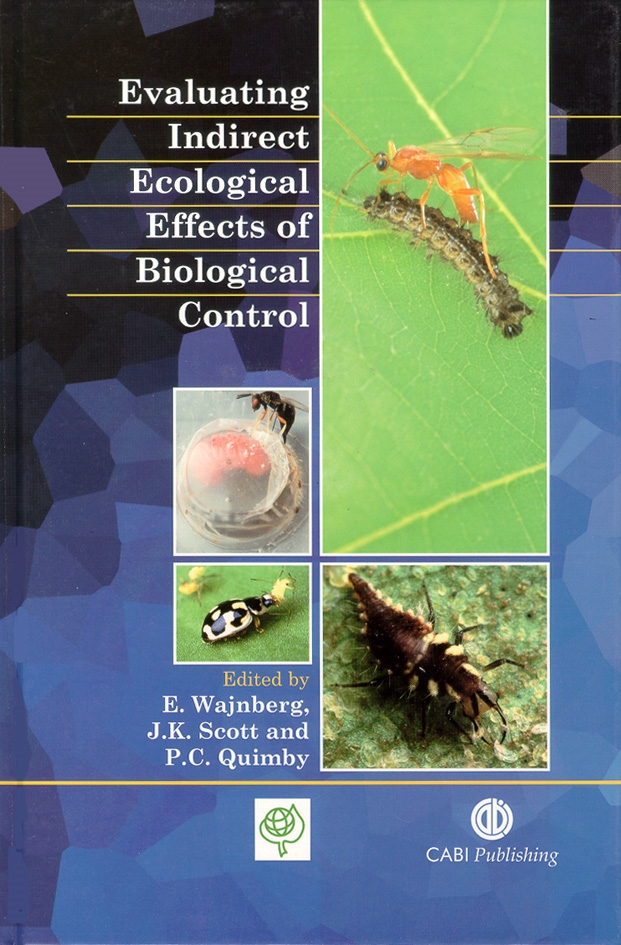Some Known Incorrect Statements About Eco Bed Bug Exterminators Dc
Table of ContentsThe Ultimate Guide To Eco Bed Bug Exterminators DcHow Eco Bed Bug Exterminators Dc can Save You Time, Stress, and Money.A Biased View of Eco Bed Bug Exterminators DcGet This Report on Eco Bed Bug Exterminators DcThe 45-Second Trick For Eco Bed Bug Exterminators Dc
Due to the fact that pesticides are toxic, they are also potentially unsafe to human beings, animals, other organisms, and the environment. People that utilize pesticides or routinely come in call with them have to understand the family member poisoning, potential health and wellness impacts, and preventative procedures to reduce exposure to the products they use. Danger, or threat, of making use of pesticides is the possibility for injury, or the level of risk associated with using a pesticide under a provided collection of conditions.
Applicators can reduce or nearly remove exposure-- and thus decrease hazard-- by following the tag directions, using personal safety clothing and devices (PPE), and taking care of the pesticide properly. As an example, even more than 95 percent of all pesticide direct exposures come from facial exposure, mostly to the hands and forearms. By putting on a set of unlined, chemical-resistant gloves, this kind of exposure can be nearly removed.
The unsafe effects that take place from a solitary exposure by any path of access are called "acute results." The 4 routes of direct exposure are facial (skin), inhalation (lungs), oral (mouth), and the eyes. Acute toxicity is determined by analyzing the dermal poisoning, breathing poisoning, and dental poisoning of test pets.
The Definitive Guide for Eco Bed Bug Exterminators Dc
Intense poisoning is gauged as the quantity or focus of a toxicant-- the a.i.-- called for to eliminate 50 percent of the animals in a test population. This measure is generally expressed as the LD50 (lethal dose 50) or the LC50 (dangerous focus 50). In addition, the LD50 and LC50 worths are based on a solitary dosage and are taped in milligrams of pesticide per kg of body weight (mg/kg) of the guinea pig or in parts per million (ppm).
The lower the LD50 or LC50 value of a chemical product, the higher its toxicity to people and animals. Pesticides with a high LD50 are the least harmful to humans if used according to the instructions on the product tag. The persistent poisoning of a chemical is figured out by subjecting test animals to long-lasting exposure to the energetic component.
The persistent toxicity of a chemical is harder than severe toxicity to determine with lab analysis. Products are classified on the basis of their family member intense poisoning (their LD50 or LC50 worths). Pesticides that are classified as highly poisonous (Poisoning Classification I) on the basis of either dental, dermal, or breathing poisoning must have the signal words risk and toxin printed in red with a skull and crossbones icon prominently presented on the front panel of the plan tag.
The intense (single dose) oral LD50 for chemical products in this team ranges from a trace amount to 50 mg/kg. As an example, exposure of a couple of decreases of a product taken orally can be fatal to a 150-pound individual. Some pesticide products have just the signal word risk, which informs you absolutely nothing regarding view website the acute toxicity, just that the item can trigger severe eye damages or severe skin irritation
Eco Bed Bug Exterminators Dc - Truths
In this category, the severe dental LD50 ranges from 50 to 500 mg/kg. A teaspoon to an ounce of this material might be deadly to a 150-pound individual (exterminator near me). Pesticide products identified as either slightly hazardous or fairly nontoxic (Poisoning Categories III and IV) are needed to have the signal word care on the chemical tag

Some Known Questions About Eco Bed Bug Exterminators Dc.
All pesticide toxicity chemicalPoisoning worths the LD50, can be found on discovered product's Material Safety Data Security (MSDS). Pesticide labels and MSDS can be obtained from stores or makes. Furthermore, many products additionally know that can be discovered on the web. The signs of chemical poisoning can vary from a moderate skin irritability to coma and even death.
People likewise vary in their sensitivity to various degrees of these chemicals. Some individuals may reveal no reaction to an exposure that may trigger extreme health problem in others (how to get rid of bed bugs). As a result of prospective health concerns, pesticide users and trainers have to acknowledge the common indicators and symptoms of chemical poisoning. The effects, or signs, of chemical poisoning can be extensively specified as either topical or systemic.
The Definitive Guide to Eco Bed Bug Exterminators Dc
Dermatitis, or inflammation of the skin, is accepted as the most typically reported topical result related to pesticide exposure. Signs and symptoms of dermatitis range from reddening of the skin to breakouts and/or blisters. Some people often tend to cough, wheeze, or sneeze when subjected to pesticide sprays. Some people respond to the strong smell and irritating effects of oil extracts utilized as providers in pesticide items.
This sign normally subsides within a few mins after an individual is gotten rid of from the direct exposure to the toxic irritant. A reaction to a pesticide product that causes a person not just to sneeze and cough but also to create serious intense breathing signs and symptoms is a lot more likely to be a true hypersensitivity or sensitive reaction.
Systemic effects are quite different from topical effects. They commonly happen away from the initial point of contact as a result of the chemical being taken in right into and distributed throughout the body.